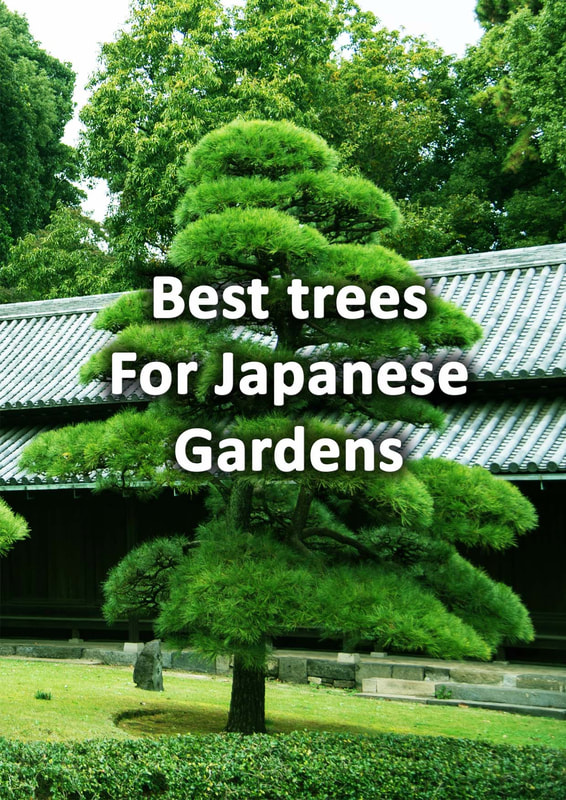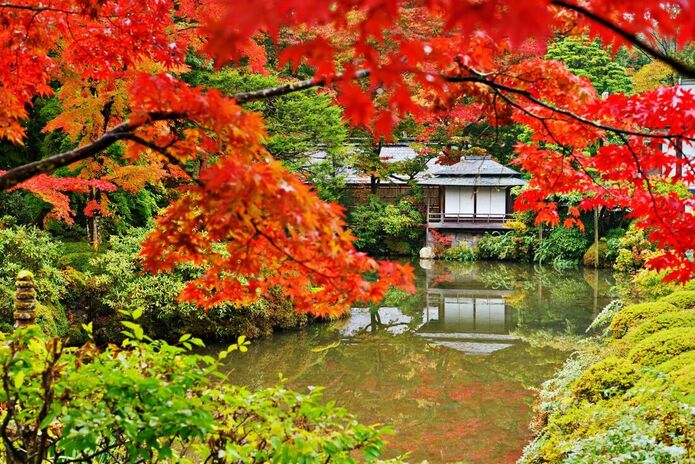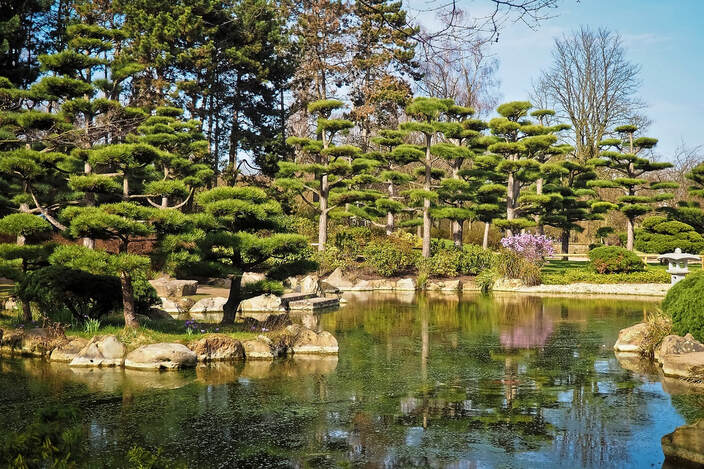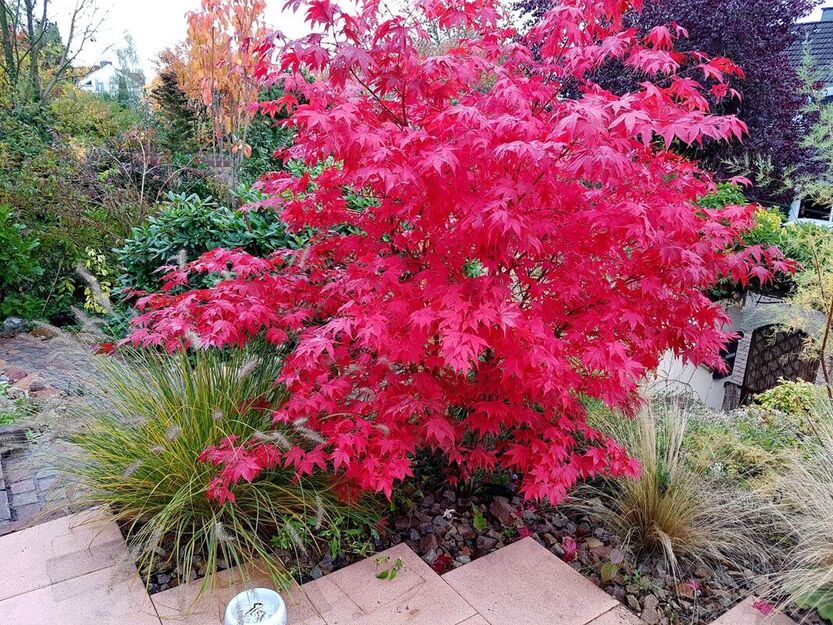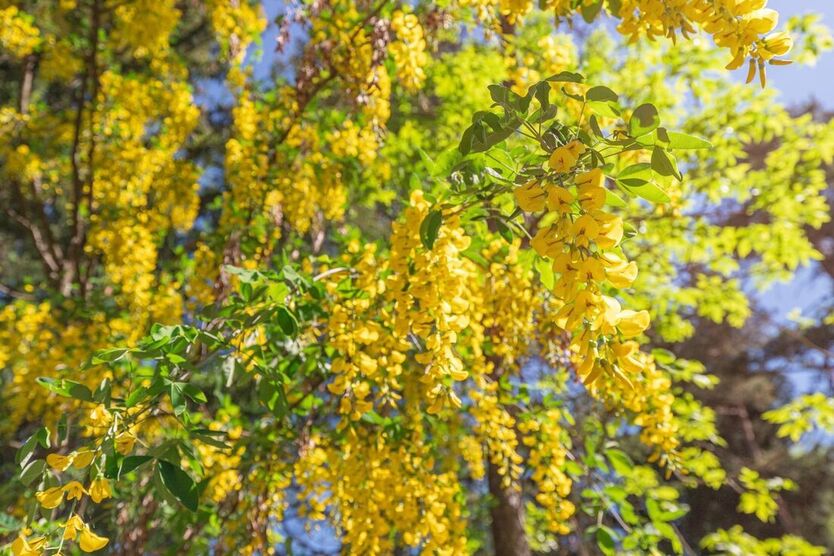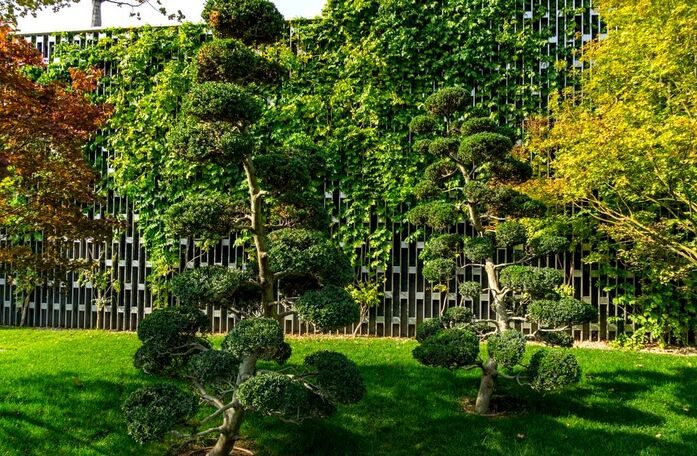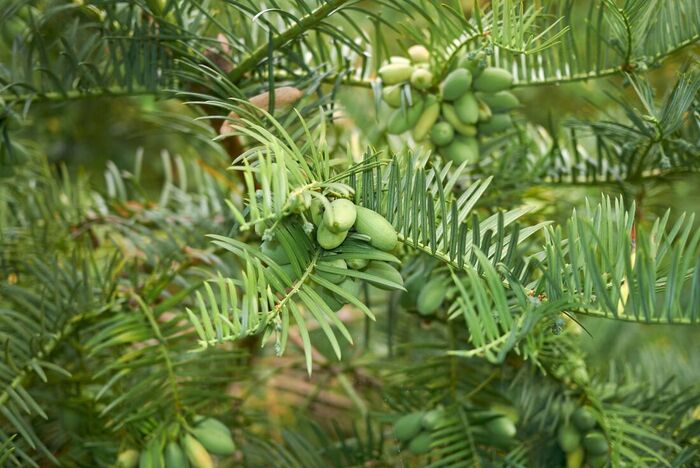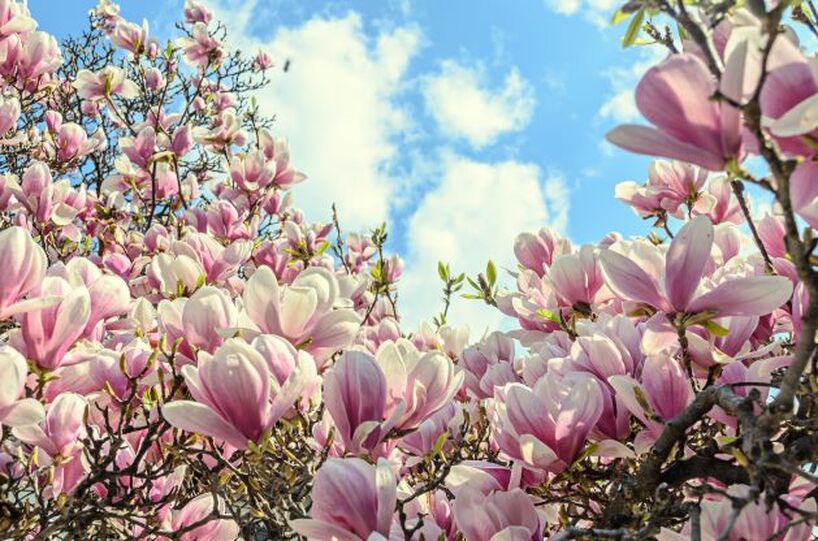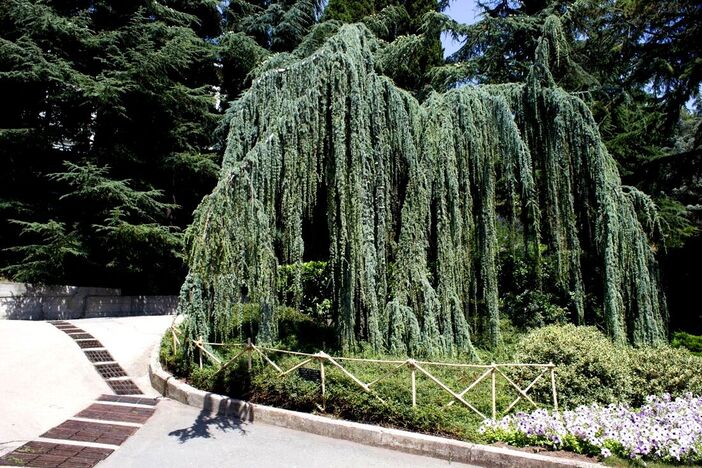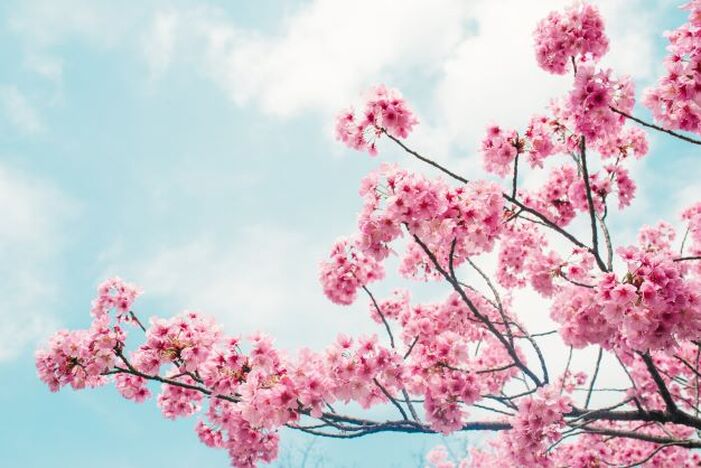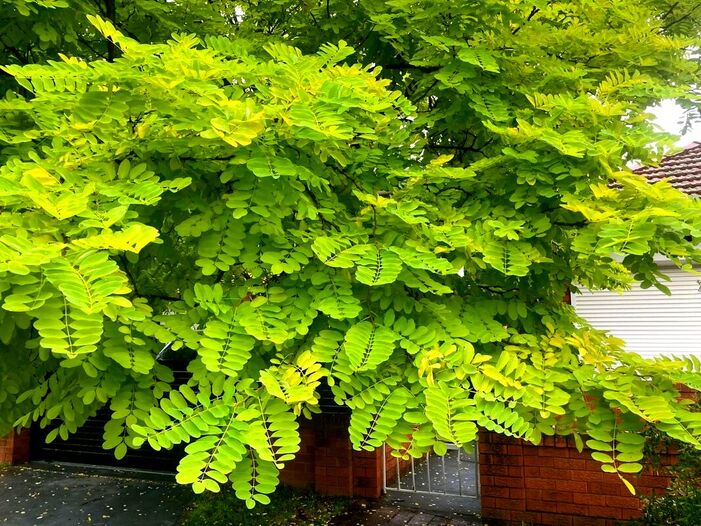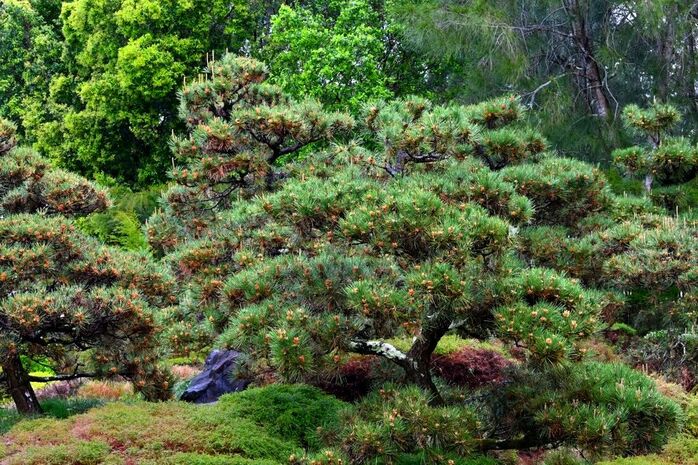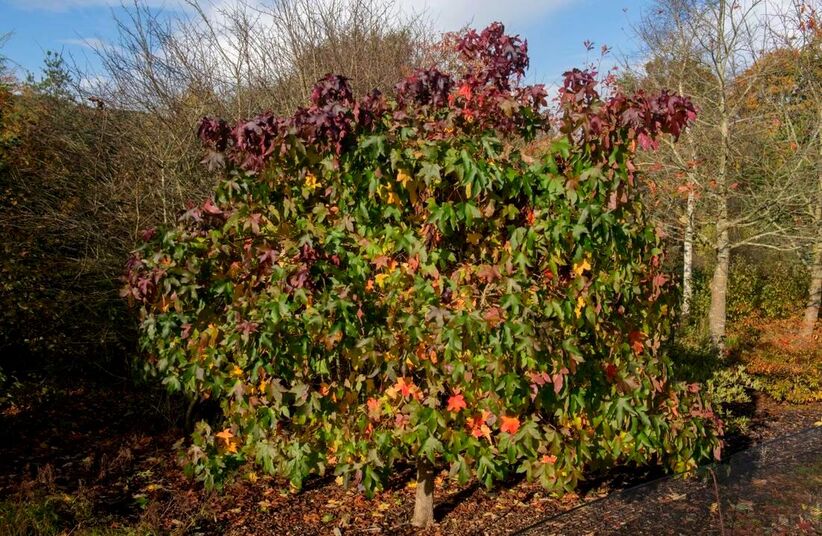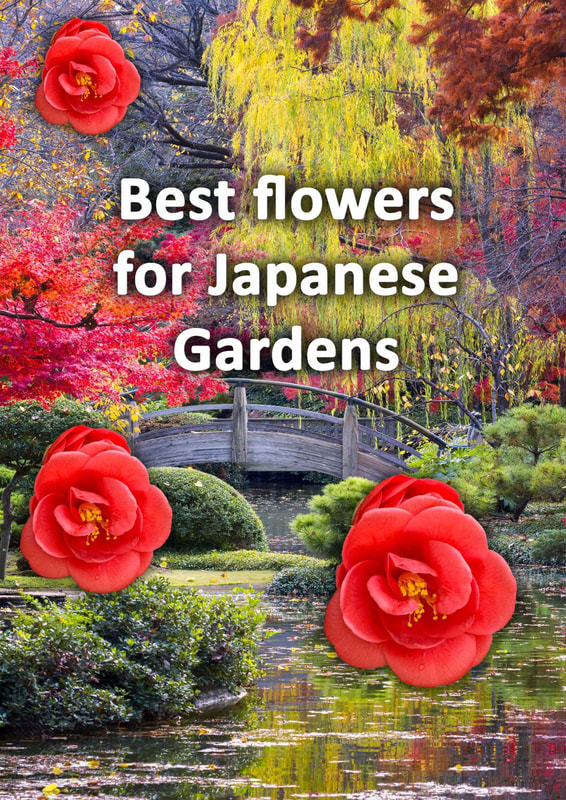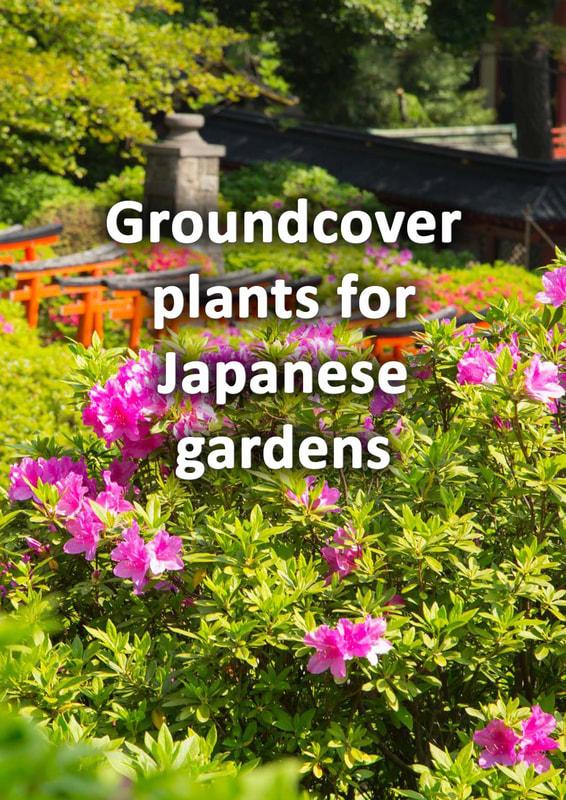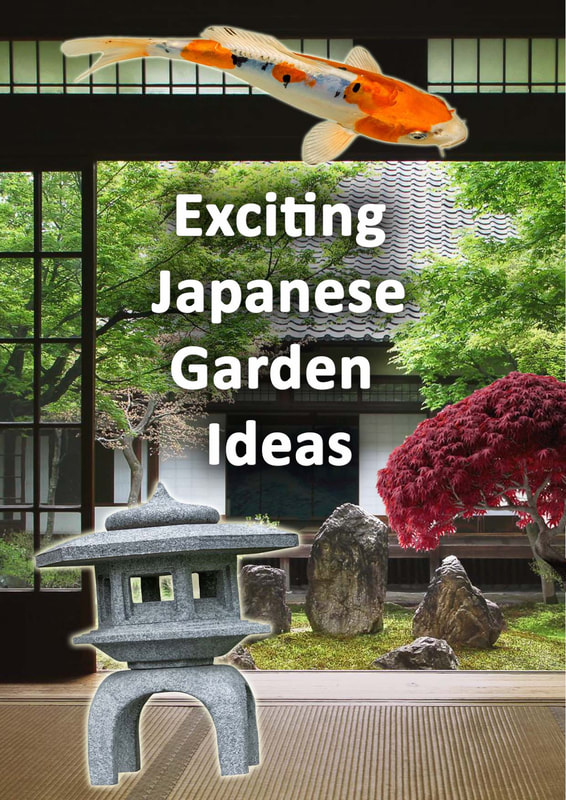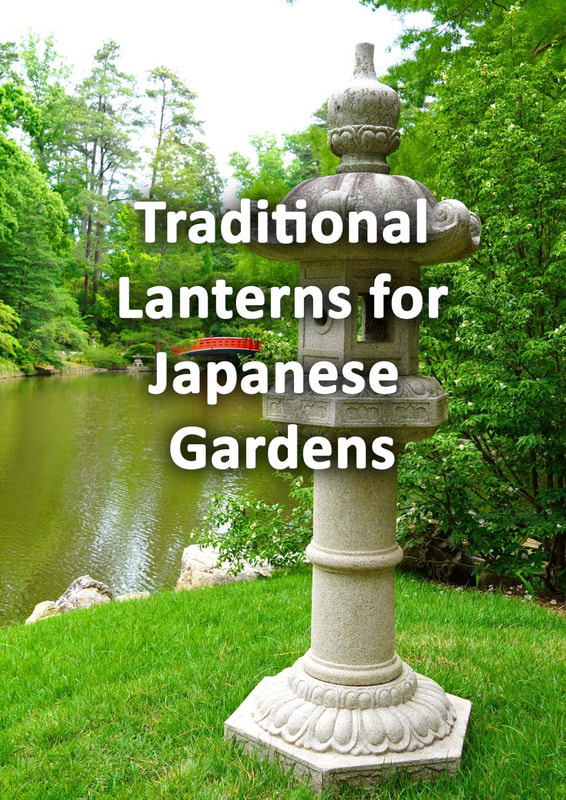|
This article contains affiliate links
Japanese gardens are world famous for their ability to visually represent the beauty of the natural landscape.
Historically, trees within Japanese gardens have enabled a sense of proportion and scale. With careful positioning, trees of varying sizes and forms seek to reach a natural balance with the surrounding landscape. It is often noted that Japanese gardens seem to continue off into the distance. This is because they seek to incorporate the surrounding landscape into the design. Very often, this is achieved with the planting of trees which vary in size and form. Large specimens are planted at the periphery with smaller species layered towards the front.
This provides the illusion you are in one large and expansive landscape. The trees of Japanese gardens also celebrate and enhance the aesthetic forms found within nature.
It is very common for Japanese landscapes to utilise the concept of Microcosms! This is where smaller landscape elements are used to symbolise the larger elements within the wider landscape. For example, a vertically placed boulder could symbolise a mountain or small ponds will represent large lakes. Consequently tree species are selected for their ability to represent larger, mature specimens but at a smaller size. The visual importance of trees in Japanese gardensTree species with bold naturalistic forms are always very highly appreciated! Very often, there is a desire to exaggerate the natural beauty of such trees with further pruning. This can be seen with the ancient Japanese art of ‘Niwaki’. Niwaki is where trees are deliberately pruned so their natural forms can be appreciated better. Such pruning can involve delicate clipping and thinning of individual leaves and stems.
Niwaki can achieve dramatic results with trees taking on forms of exceptional majestic beauty.
By allowing the eye to travel through the tree provides connectivity to the surrounding landscape. Appreciation of the natural form of trees can also be seen with the ancient art of ‘Bonsai’. With trees being such an important element within Japanese gardens it would be wrong not to mention the best tree species. Here I have identified and summarised 10 of the best trees species for Japanese gardens. 1. Acer palmatum
It would be very difficult to write about Japanese garden trees without starting with Japanese Acers. Commonly known as the 'Japanese Maple' this tree is well known for its majestic form and attractive foliage. The leaves are palmate and serrated which give them an interesting texture within the landscape. However, Acers most captivating attributes are their majestic, bonsai like, form and magnificent, autumn colour. 2. Siberian pea tree
The Siberian pea tree is not a tree famously associated with the Japanese style. However, its small size and almost bonsai like form make it a perfect tree for Japanese gardens. During the spring it erupts in hundreds of beautiful, yellow, flowers. This tree is also extremely tolerant of cold climates and poor soils. 3. Ilex Crenata Kinme cloud tree
The 'Ilex Crenata Kinme cloud' is a cultivar of the more common Japanese holy. This slow growing, evergreen, shrub, has extremely compact and glossy green foliage. The leaves have a creamed coloured margin which gives them a cloud like look. These trees are famous for their amazing forms when pruned into bonsai like topiary. Ironically the branches and foliage are typically trained into cloud like forms. 4. Plum yew
Plum yews are evergreen trees native to East Asia. These trees are very similar to yew trees found in Europe and like them can make very effective hedges. The leaves are dark green and glossy making them an effective backdrop for other plants. Plum yews are very tolerant of most growing conditions and soil types. Some plum yews produce small plum like fruits which are both edible and medicinal. 5. Japanese Magnolia
The Japanese Magnolia, also known as the ‘Saucer Magnolia’ is a small tree native to China and Japan. When it flowers it is a true spectacle of natural beauty! The trees large, decorative, flowers open before the tree leaf's out in spring. This provides a real impact early on in the growing season. However, this tree also has a wide, decorative structure which naturally lends itself to Japanese gardens. 6. Cedrus atlantica ‘Glauca Pendula’Native to the Atlas Mountains of Algeria and Morocco this may seem a strange choice for a Japanese garden. However, the dramatic weeping habit and majestic natural form of this tree is perfect for Japanese gardens. Its fine, blue, grey foliage and long, pendulous, branches are very striking within the landscape. This tree is low maintenance when established and prefers a sunny well drained site. 7. Japanese cherry blossom
The Japanese cherry blossom or (Prunus serrulata) is an ornamental tree native to Japan, Korea and China. This deciduous tree is famous for its beautiful pink blossom during the early spring. The Cherry blossom is extremely iconic in Japan and celebrated every spring during 'Hanami' festivals. If you want to create a Japanese garden then this tree really is a must have! 8. Robinia pseudoacaciaAlso known as the 'Black Locust', this ornamental tree is a native to North America. The 'Black Locust' has become a favourite landscaping specimen due to its aluminous green, foliage and white flowers. Robinia is a fast growing, deciduous tree which is extremely adaptable to various growing conditions. Its ornamental form and general good looks make it a great choice for Japanese gardens. 9. Black pine
Black pine is a coniferous, evergreen, tree native to Korea and Japan. Naturally inhabiting coastal regions, it is drought tolerant and generally able to withstand harsh growing conditions. Black pine has a natural rugged look and interesting branch structure. This has made it a favourite ‘Bonsai’ species and landscaping tree for Japanese gardens. The Black pine also has attractive needles and produces decorative pine cones. 10. Liquidambar
Even though Liquidambar has no traditional ties to Japan, it can work very well in Japanese gardens. Native to Northern and Central America this tree has a decorative form and palmate, Acer like, foliage. Above all, this tree has one of the best autumn foliage displays of vibrant oranges and reds. Its seasonal colour and architectural form make it the perfect ornamental tree for Japanese gardens.
Thank you for visiting our article on the best trees for Japanese gardens.
If you are interested in building or planning a Japanese garden do not hesitate to contact us. Below we will link to some other Japanese garden articles you may find interesting.
'As an Amazon affiliate I earn from qualifying purchases'
0 Comments
Leave a Reply. |
The Author
|
Landscaping services across Buckinghamshire, Amersham, Aylesbury & High Wycombe
Hyde Heath, Amersham, Buckinghamshire |
|
